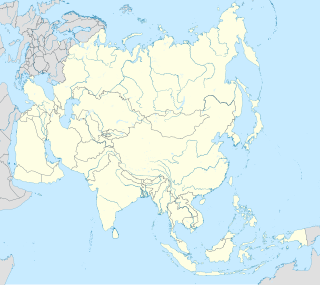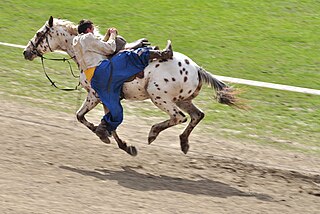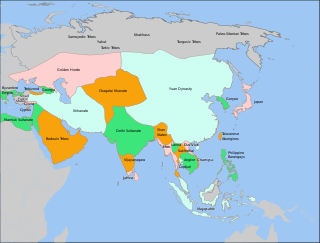 W
WBaig, also commonly spelled Beigh, Beg, Bey, Baeg or Begh was a title which is today used as a name to identify lineage. It means Chief or Commander and is common in South Asia, Turkey, Iran, the Caucasus, Central Asia and Southeastern Europe and among their respective diaspora.
 W
WBegum is a royal and aristocratic title from Central and South Asia. It is the feminine equivalent of the title baig or bey, which in Turkic languages means "higher official". It usually refers to the wife or daughter of a beg. The related form begzada also occurs.
 W
WThe Council of Turkic American Associations (CTAA), is an umbrella organization representing 45 member organizations. CTAA is a nonprofit, nonpartisan, educational council that promotes Turkic American culture and heritage, founded in 2010. It is headquartered in New York City, with an additional office in Washington, D.C.
 W
WCulture and Arts Capital of the Turkic World, is a city designated by the TÜRKSOY for a period of one calendar year during which it organises a series of cultural events.
 W
WDastan is an ornate form of oral history from Central Asia, Turkey and Azerbaijan.
 W
WThe International Organization of Turkic Culture is an international cultural organization of countries with Turkic populations, speaking languages belonging to the Turkic language family. Other than being an abbreviation of the former official name Türk Kültür ve Sanatları Ortak Yönetimi, Türksoy is also a compound noun in Turkish, made up of the words Türk (Turk/ic) and soy (ancestry).
 W
WThe Jew's harp, also known as jaw harp, mouth harp, gewgaw, guimbard, khomus, trump, Ozark harp, Galician harp, or murchunga, is a lamellophone instrument, consisting of a flexible metal or bamboo tongue or reed attached to a frame.
 W
WJigit, in some Turkic languages also spelled as yigit, zhigit or igid, is a word of Turkic origin which is used in the Caucasus and Central Asia to describe a skillful and brave equestrian, or a brave person in general.
 W
WMirza is a name of Persian origin. It is used as a surname or prefix to identify patriarchal lineage.
 W
WMehmed Siyah Qalam simply Siyah Qalam or Siāh-Qalam comprise around 80 extant late 14th and early 15th century paintings folios, ink drawings (qalam-siāhi), and calligraphies, on various material, sometimes silk. Measuring up to 335 × 485 cm, they are generally attributed to Iran and bear the strong influence of Chinese art and techniques, as well as symbols of Buddhism and Shamanism, which were both major faiths in the region of Central Asia before the arrival of Islam.
 W
WTegin is a Turkic title, commonly attachable to the names of the junior members of the Khagan's family. However, Ligeti cast doubts on the Turkic provenance by pointing to the non-Turkic plural form tegit
 W
WTurco-Mongol or the Turko-Mongol tradition was an ethnocultural synthesis that arose in Asia during the 14th century, among the ruling elites of the Golden Horde and the Chagatai Khanate.
 W
WYeruslan Lazarevich, also known as Eruslan Lazarevich or, in the Tatar original, Uruslan, is the Russian folk literature hero of The Tale of Eruslane Lazarevic, recounting the many military and amorous adventures of a young and beautiful hero, a tale which was much liked by the old Russian readers due to a variety of its content and by appearing frequently on the lubok, was widely spread among the people. Its influence is noticeable even on some retelling of tales about Ilya of Murom.